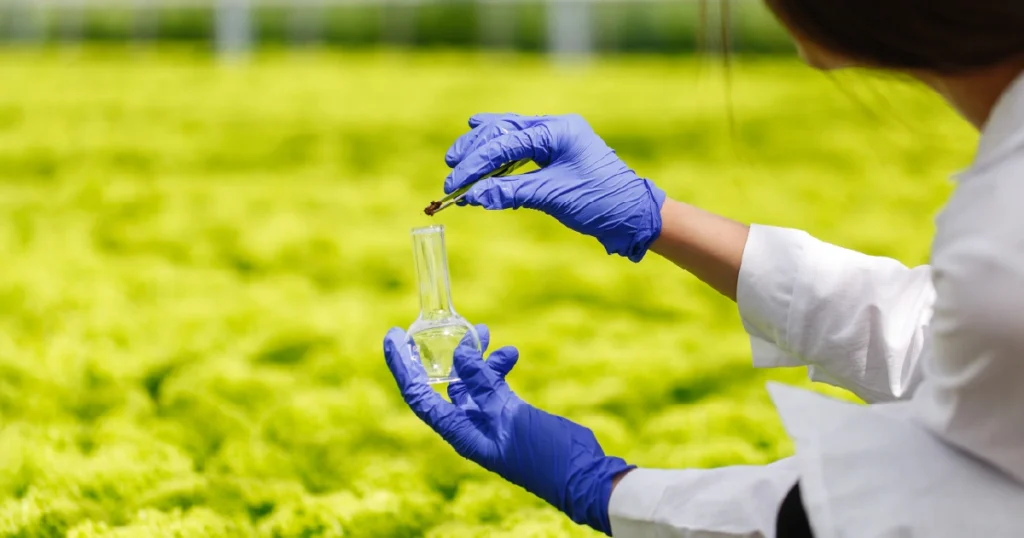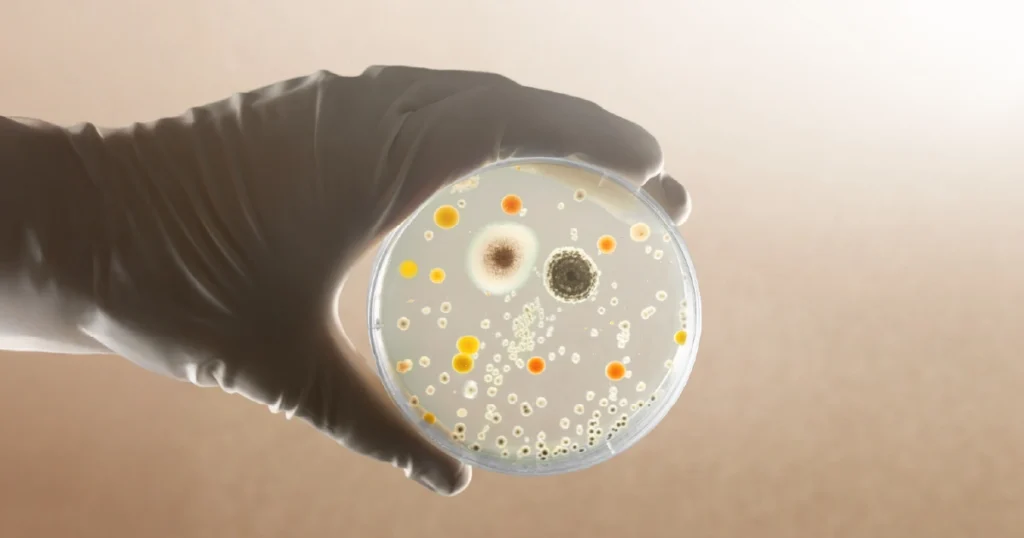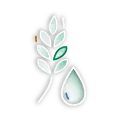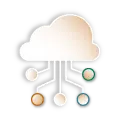Introduction
Butterflies are more than fleeting symbols of beauty—they are vital ecological indicators. Their sensitivity to environmental change makes them powerful tools for tracking ecosystem health. As their populations respond swiftly to shifts in climate, land use, and pollution, butterflies serve as early warning systems for broader biodiversity loss.
Understanding butterflies as bioindicators allows us to detect ecological imbalances that may also impact human and animal health.
Why are these insects so essential to environmental monitoring—and how can they guide a One Health approach to planetary resilience?
Butterflies as Bioindicators
Butterflies are ideal indicators of environmental change due to their rapid response to ecological stressors. They are sensitive to temperature fluctuations, habitat fragmentation, and chemical pollution. This sensitivity makes changes in butterfly populations an early sign of broader environmental degradation [1].
For example, the European Grassland Butterfly Indicator tracks 17 widespread species across Europe and has shown a consistent decline of nearly 39% since 1990—reflecting widespread habitat loss and poor land-use practices [2]. Similarly, in the United Kingdom, long-term monitoring has revealed that more than half of native butterfly species have declined significantly over the past four decades [3]. These trends offer critical insights into the health of grasslands, woodlands, and even urban green spaces.
Butterflies are also representative of broader insect biodiversity. Declines in butterfly populations often signal parallel declines in bees, moths, and other pollinators. As such, their conservation can serve as a proxy for safeguarding overall invertebrate diversity and ecosystem functionality [2].
Tools for Environmental Monitoring
Several programs globally have recognized the value of butterflies as bioindicators in biodiversity assessment. The UK Butterfly Monitoring Scheme (UKBMS), one of the longest-running insect monitoring programs, uses standardized transect walks to track species abundance. This citizen science model has inspired similar initiatives in North America, such as eButterfly, which leverages crowd-sourced data to support ecological research and conservation planning [3].
Because butterflies are diurnal, colorful, and easy to identify, they engage the public effectively. Their popularity aids education and increases public participation in environmental monitoring. In turn, this strengthens both data quality and conservation outcomes.
Beyond individual species, composite indicators that integrate multiple butterfly species with similar habitat needs allow scientists to evaluate entire ecosystems. These multispecies indices provide a nuanced understanding of land-use change, pesticide exposure, and climate pressures [2].
Climate and Habitat Threats to Butterflies as Bioindicators
Butterflies are particularly vulnerable to climate shifts. Warmer temperatures can alter breeding cycles, migratory patterns, and species distributions. In mountain ecosystems, warming may push cold-adapted species to higher elevations, reducing their habitat range. Conversely, invasive or generalist species may expand their territory, potentially disrupting local biodiversity [1].
Land-use changes—particularly agricultural intensification and urban sprawl—compound these threats. The loss of native host plants and nectar sources directly impacts butterfly populations. Even minor changes, such as hedgerow removal or pesticide drift, can significantly disrupt butterfly lifecycles.
The One Health Connection
Butterflies align closely with the One Health framework by signaling environmental health conditions that impact humans and animals. Their decline often signals broader issues like soil degradation, water pollution, and pesticide overuse—all of which have downstream effects on public health. Monitoring butterflies as bioindicators offers early warnings of ecological imbalances that may also contribute to food insecurity, air and water contamination, and even vector-borne disease risk [4].
Protecting butterflies also supports pollination services, which are critical to agriculture and food systems. While bees are more prominent pollinators, butterflies contribute to the fertilization of many wild and cultivated plants, especially in tropical and subtropical ecosystems.
Conclusion
Butterflies are more than beautiful insects fluttering through fields—they are crucial allies in biodiversity monitoring and conservation. Their ecological sensitivity, combined with strong public appeal, makes them excellent indicators of environmental change. By integrating butterflies as bioindicators into conservation strategies and applying the One Health approach, we gain powerful tools to track ecological integrity and respond proactively to environmental risks.
Protecting butterflies helps protect ecosystems—and ultimately ourselves.
References
- Van Swaay, C.A.M., et al. (2019). Assessing Butterflies in Europe – Butterfly Indicators 1990–2018. Butterfly Conservation Europe. Available at: https://butterfly-monitoring.net/sites/default/files/Pdf/
ReportsAssessing%20Butterflies%20in%20Europe%20-%20Butterfly%20Indicators%20Revised.pdf - Ubach, A. & Stefanescu, C. (2025). Multispecies indicators that weight species’ contribution to habitat preference: a case study using Mediterranean butterflies. Biodiversity and Conservation. Available at: https://link.springer.com/article/10.1007/s10531-025-03085-y
- UK Butterfly Monitoring Scheme. Butterfly Indicators. Available at: https://ukbms.org/butterfly-indicators
- The Guardian. (2025). Last summer was second worst for common UK butterflies since 1976. Available at: https://www.theguardian.com/environment/2025/apr/02/last-summer-was-second-worst-for-common-uk-butterflies-since-1976













